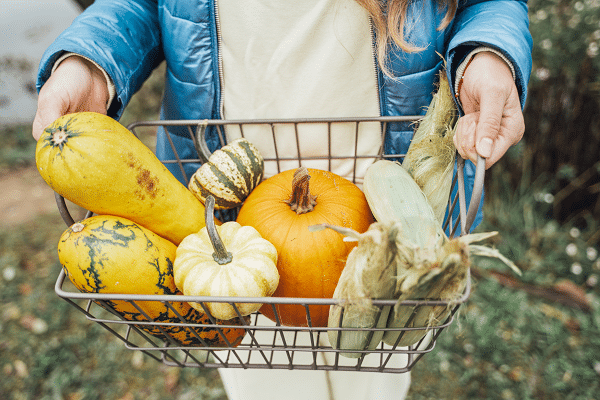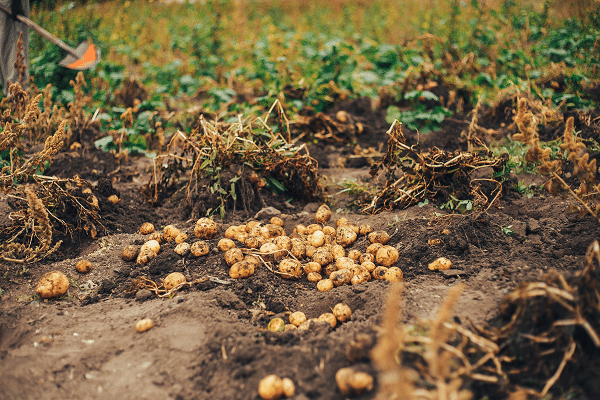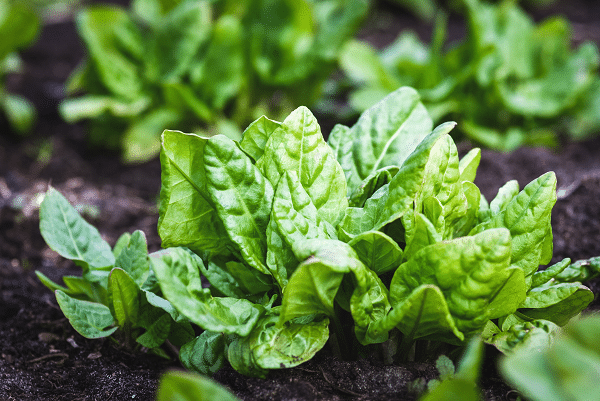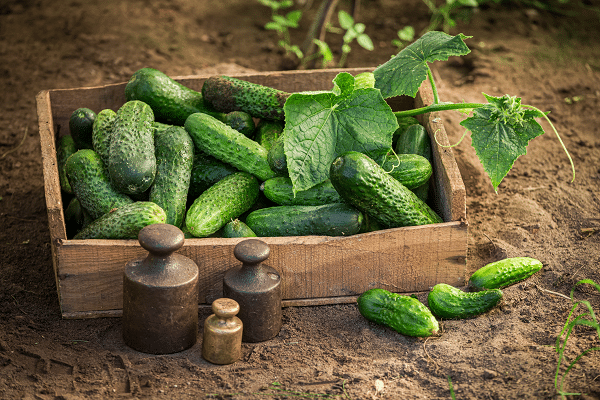Gardening enthusiasts and professionals alike acknowledge the power of companion planting – an approach that synergistically places certain types of plants together to boost growth and flavor while minimizing pests. Each plant comes with its unique set of requirements and environmental preferences. When two such plants are paired wisely, they contribute to each other’s wellbeing and facilitate healthier growth. This post discusses a few such effective vegetable pairs that are known for their compatibility and offers practical tips on fostering these dynamic duos in your garden.
Contents
Tomatoes And Basil
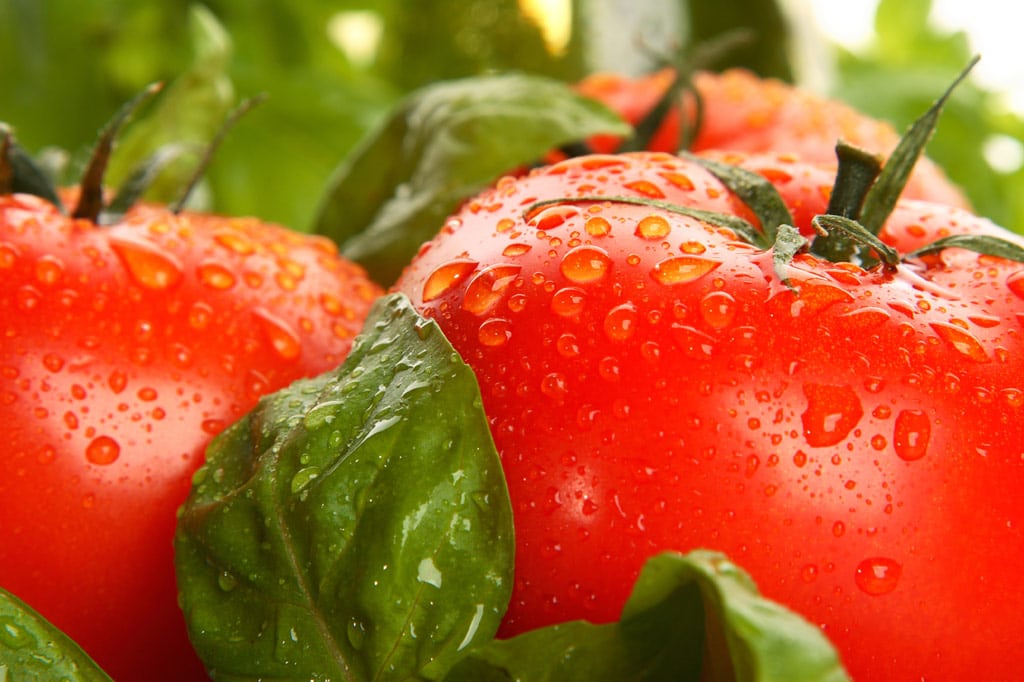
In the world of companion planting, basil and tomatoes make a legendary pair. The fragrant herb is known for its ability to deter several pests that could potentially harm tomatoes, including aphids, tomato hornworms, and whiteflies. Consequently, this practice helps tomato plants to grow more robustly and yield a more flavorful harvest.
Moreover, the requirements of these two plants in terms of sunlight and water are similar, simplifying the task for gardeners. Both require full sun exposure and regular watering, making them an easy pair to manage. An added advantage is that when grown together, basil helps tomatoes to acquire a more enhanced taste, which is an excellent benefit for culinary enthusiasts.
Squash And Corn
Corn and squash form an intriguing pair that takes advantage of vertical space. The corn shoots up, forming a natural trellis, which is subsequently used by the squash vines for support, allowing it to spread without taking up additional ground space. This symbiotic relationship not only saves space but also optimizes the productivity of your garden plot.
What makes this pair even more interesting is how they mutually benefit each other beyond space management. Squash plants with their broad leaves shade the ground below, reducing the water evaporation from the soil, thereby preserving moisture for the corn. This ingenious strategy of nature to protect and nurture is a valuable lesson in efficient gardening.
Beets And Onions
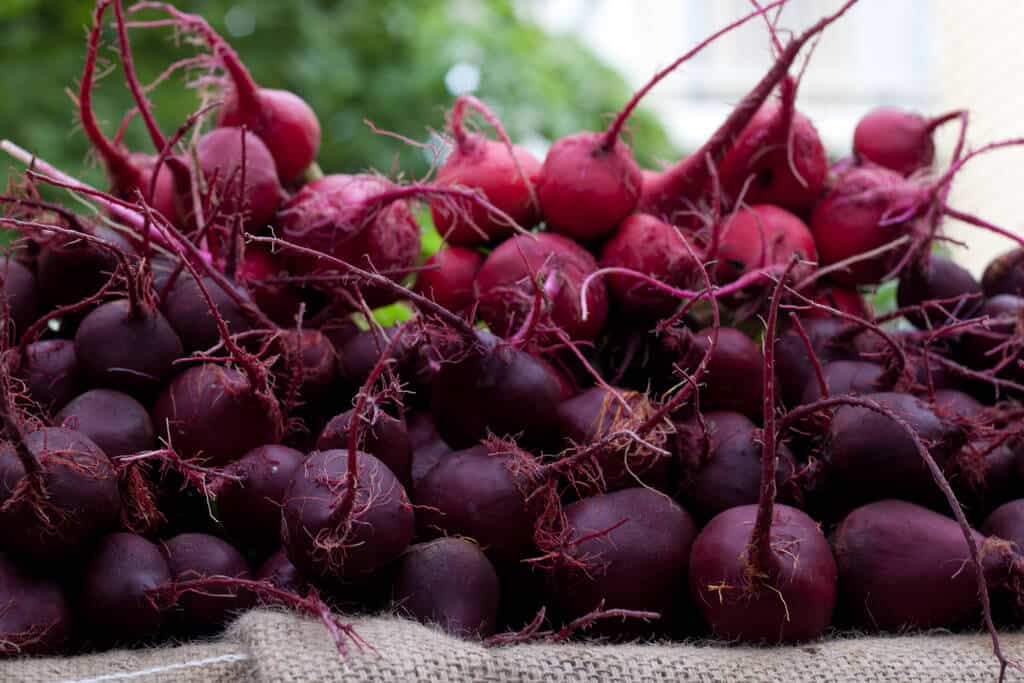
Beets and onions, with their complementary root systems, form an exceptional pairing in the realm of vegetable gardening. Beets, known for their deep root system, delve into the soil for nutrients far beneath the surface. Onions, conversely, have a shallow root system, allowing them to draw from nutrients near the soil’s surface. This significant difference in root depth means they do not compete for resources. Consequently, they can be planted close together, which enables gardeners to utilize their garden space to the maximum without hindering either plant’s growth or yield.
Beyond the advantage of efficient space usage, onions serve an additional purpose. The distinct smell of onions is known to deter many pests and insects, thereby protecting beets from potential harm. This protective quality makes onions an excellent companion for beets and several other vegetables vulnerable to pests. Furthermore, the planting of onions alongside beets can enhance the overall health and productivity of the garden, making this pair an excellent choice for companion planting.
Potatoes And Parsley
Potatoes and parsley form a harmonious duo in the garden, thriving together and offering multiple benefits. One of the primary advantages of this pairing is the ability of parsley to repel certain insects that are harmful to potato plants. The aromatic nature of parsley helps deter pests like the Colorado potato beetle, a common nuisance to potatoes.
Moreover, potatoes and parsley share similar growth requirements, making them an easily manageable pair. Both favor well-drained soil and appreciate a good amount of sunlight. By planting them together, gardeners can tend to their needs simultaneously, ensuring both plants thrive. In addition, the lush green foliage of parsley adds a visual appeal to the vegetable garden, making this combination not only beneficial but also aesthetically pleasing.
Eggplant And Spinach
When it comes to companion planting, eggplant and spinach make for an effective duo. Spinach, being a low-growing plant, serves as a natural ground cover, reducing weed growth around eggplants. In addition, spinach helps retain soil moisture, which benefits the eggplant, especially during warmer weather or in regions with less frequent rain.
Apart from being good neighbors, these two vegetables have similar growing requirements, which makes them easy to manage together. Both require well-drained soil and consistent watering to thrive. Furthermore, the nutrient-rich spinach leaves falling onto the ground act as a natural compost, replenishing the soil’s nutrients that eggplants need for their growth and fruiting.
Cucumbers And Carrots
Cucumbers and carrots make an interesting and mutually beneficial pair in a vegetable garden. Planting these two together helps make the most of your garden space. Carrots, with their slender, deep roots, occupy a different soil stratum than the shallow-rooted cucumbers, reducing competition for nutrients and allowing both to flourish.
In addition, the fern-like foliage of carrots can provide some much-needed shade for cucumbers, especially in regions with intense sunlight. This shade can help prevent the cucumbers from getting sun-scalded. Simultaneously, the strong smell of carrots can deter certain pests that cucumbers are typically susceptible to, offering a level of protection. Thus, these two vegetables, when grown together, can help each other thrive, making them a practical and productive pair for any garden.
Radishes And Lettuce
Pairing radishes with lettuce can yield impressive results. Radishes, known for their quick-to-harvest nature, can serve as a natural marker for the slower-growing lettuce. This means that by the time the radishes are ready to harvest, lettuce plants have just the right amount of space to spread out and grow.
This combination is not just about space management; it’s about water utilization as well. Radishes require more water, which helps keep the soil moist for lettuce. In return, the lettuce leaves provide shade to the soil, reducing evaporation and maintaining a consistent moisture level. These mutually beneficial relationships exemplify how thoughtful pairing can enhance garden productivity.
Conclusion
Companion planting is a strategy that leverages the symbiotic relationships between different plants to maximize garden productivity and health. This post discussed eight such dynamic duos, each having its unique set of advantages from pest control to efficient water utilization. Whether one is a seasoned gardener or a beginner, understanding these plant partnerships can be a game-changer. With such informed decisions, gardens not only thrive but also become spaces of increased biodiversity and ecological balance. So, when planning your next garden, consider these vegetable pairs for a bountiful and sustainable harvest.
